Wandering Through Tokyo's History
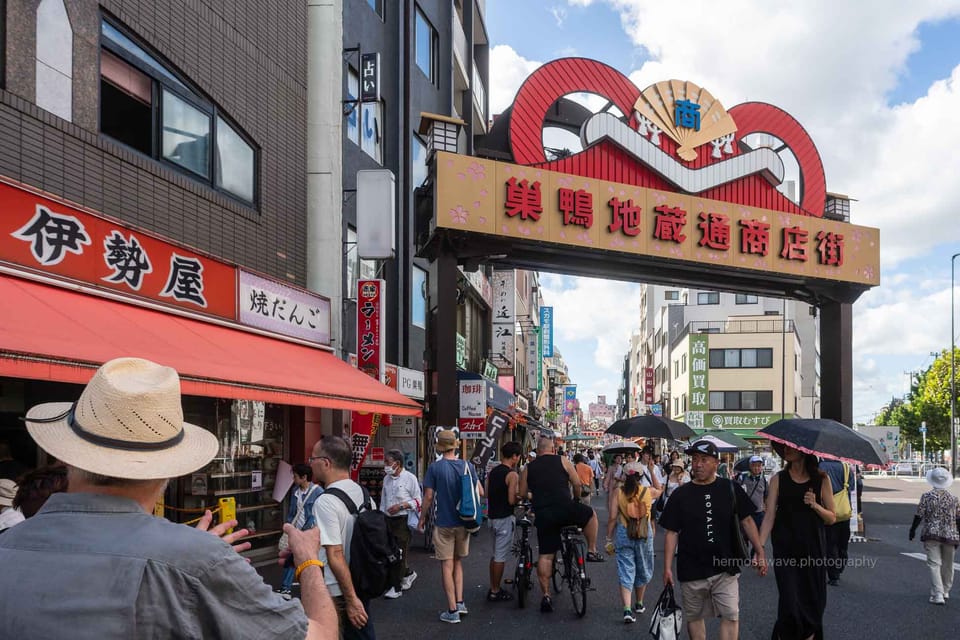
Daniel Sofer here, your Picture of the Day photographer, back in Japan after a summer in California.
It’s already the start of October. Today’s lunch was accessorized with maple leaves and other items as a theme for autumn, but the temperature outside was still summer hot. Will it ever cool down?
It was also scorching hot on a weeklong visit to Tokyo last month.
I’ve never lived in Tokyo, but in the 40 years I have been visiting and living in Japan, I estimate I have been through Tokyo about 100 times. I know the central city well, but recently I’ve been exploring the outskirts of the city wanting to learn more about it and its history. I didn’t realize I was such a history buff.
My first day, I went on historical walk along the start of the Nakasendo Road. I don't know too much about the Nakasendo (sometimes called the Kisokaido), having focused on the other great road, the Tokaido (eastern sea road), a route roughly followed by the Tokaido Shinkansen train.
These were two of the five “great roads” in the Edo era. The Nakasendo road also went - goes? - from Edo (Tokyo) to Kyoto, but through the mountains instead of close to the sea. Both start at the Nihonbashi bridge in Tokyo. But where the Tokaido goes Southwest towards Shinagawa and Odawara, the Nakasendo goes north into the mountains towards Itabashi, Omiya, and Karuizawa, before turning west towards Kyoto.
Homes and businesses flourished along both of these roads and many of those businesses still exist today.
Our tour was led by Sam Holden, a Tokyo ‘urbanist’ who studies the history of Tokyo for clues to understanding how we got to where we are now.
As we walked down the old Nakasendo Road - still within Tokyo - we learned about shops that have been on business since the 1700s; rows of tenement houses – gone now, but the narrow alleys they were built on still survive; the produce and seed markets on the outskirts of town; and the shopping street that still thrives today.
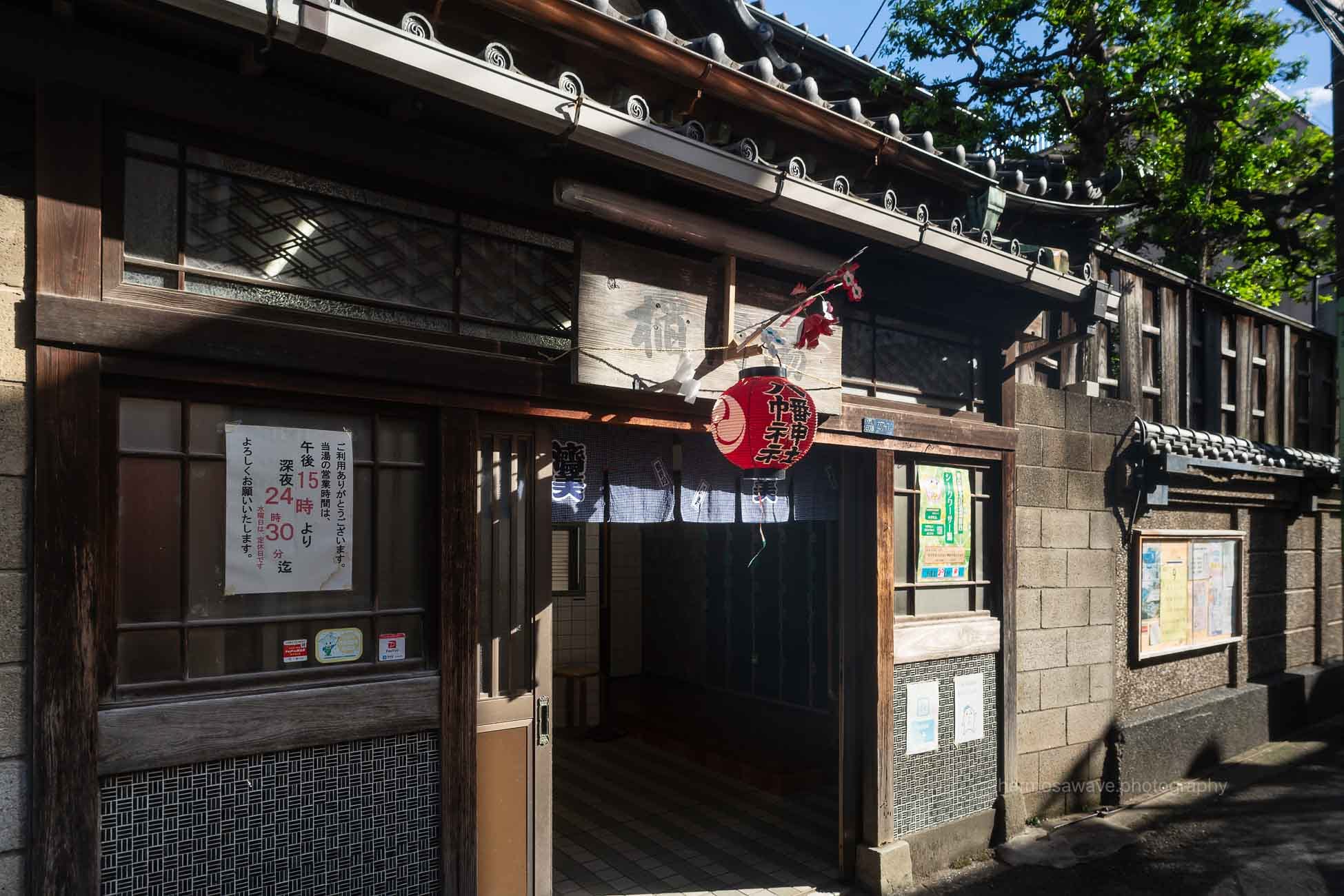
And finally, the neighborhood Sento, or public bath, that served as the hub, the gathering spot for the neighborhood. I see it in my neighborhood in Kyoto too: The sento, a magnet for the rest of the small neighborhood shops, has been turned into a restaurant; the small shops selling vegetables, fish and meat still exist; but that might be only because the nearest supermarket is a half-mile away.
As housing gradually included baths and showers, the need for the Sento disappeared and with it, the cohesiveness of the neighborhood. Now people in Japan, just like the US, barely know their neighbors; most of the Sentos have been torn down and replaced by condominiums. It was a fascinating day looking at history hidden before our eyes. And yes the bath, and beer that followed, were a wonderful end to another scorching day.
Uncovering History - and Baseball - at Jingu Gaien
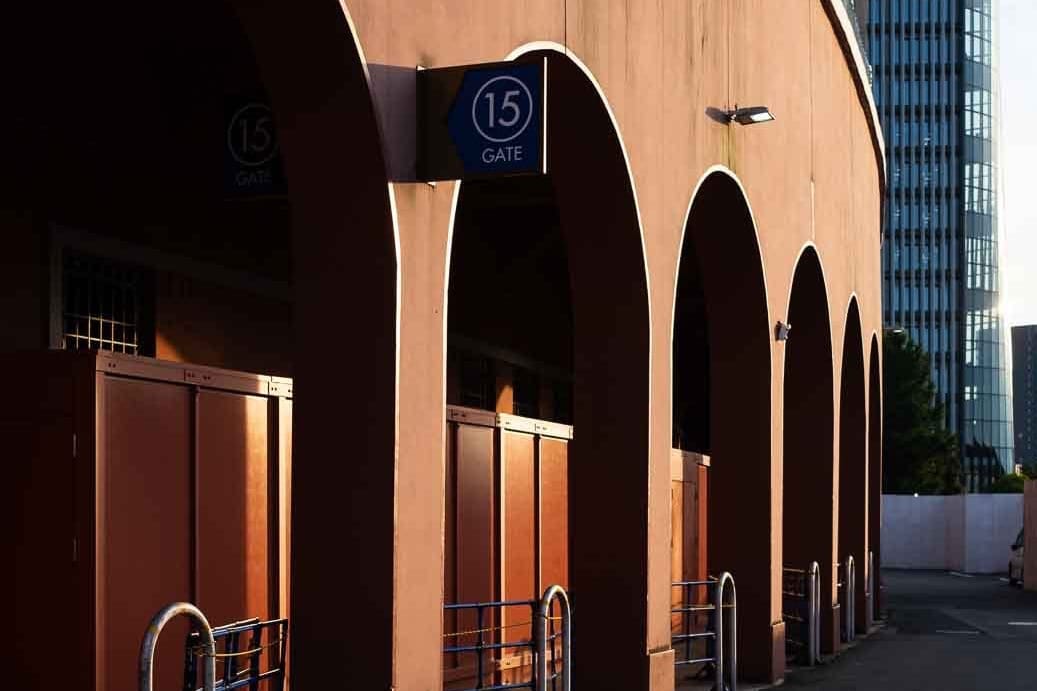
I often stay at a hotel near Meiji Jingu Gaien, the large green space near Harajuku and the Meiji Jingu shrine. The National Stadium from the 2020 Tokyo Olympics is in Jingu Gaien, as is a 100 year old baseball stadium, Jingu Stadium, that once hosted Babe Ruth, and currently is the home of the Tokyo Yakult Swallows major league baseball team.
There is a big redevelopment plan for Jingu Gaien which includes replacing the old stadium with a new one. I wanted to see a game at this historic stadium while it was still alive.
I was able to get tickets so off we went! It was a game between the Swallows and the Hiroshima Carp, the team that former LA Dodgers pitcher Hiroki Kuroda came from. It’s a small stadium, with mostly one level of seats. I can see why they want to replace it.
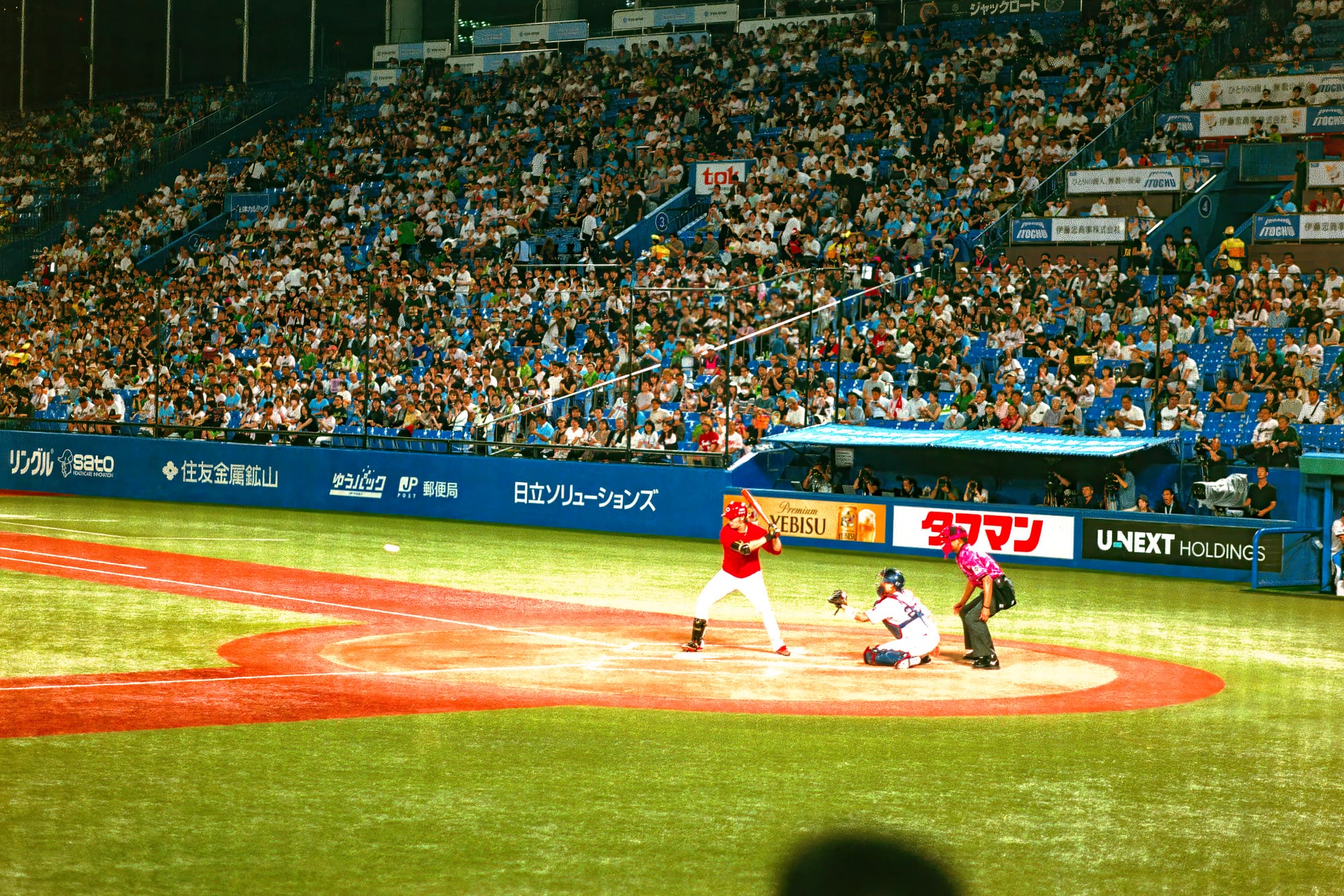
It was a good game in a fun atmosphere, with the many beer girls keeping fans’ beers topped up from the small kegs they wear on their backs. Every time the victorious Swallows scored a run, fans would wave their small shiny umbrellas, creating a sparkling effect as the lights reflected off them, not unlike the old flash cameras that would go off every time Michael Jordan went up for a dunk back in the 80s.
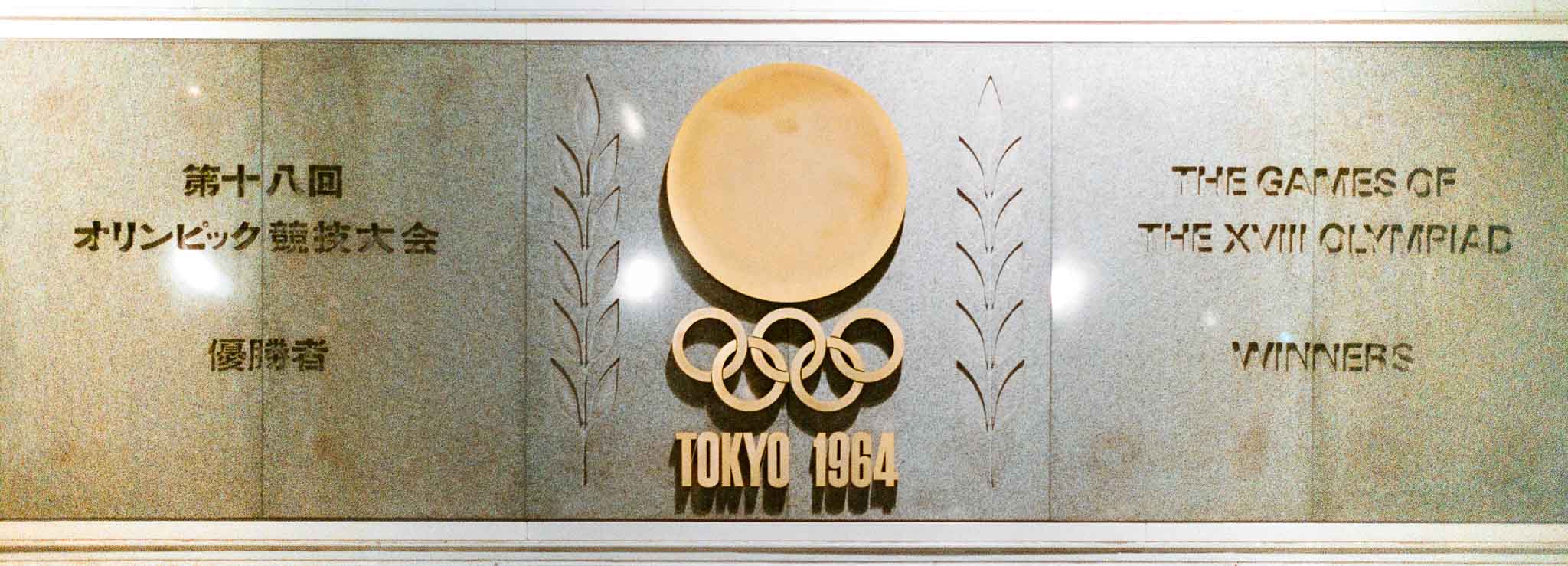
Walking around the stadium area on my way back to my hotel, I ended up going through a neglected street, as most of the pedestrian traffic was on an elevated sidewalk above me. As I was walking there, I discovered a massive stone plaque celebrating all the winners from the 1964 Tokyo Olympics. The National Stadium was originally built in 1924 along with the baseball field. It was rebuilt in the 1950s and was the primary venue for the 1964 Olympic games; then rebuilt again - with a roof - for the 2020 games.
So while upstairs, the winners from the 2020 games had their names inscribed on aluminum plaques, the winners from the 1964 games were forgotten along the seldom used walkway.
I was 12 years old when the 1964 Olympics took place, so it is one of the earliest games I remember. Another reason I remember them was because the 1964 games were the first Olympics to be televised by satellite broadcast.
My wife, growing up in Japan, told me the Olympic games opened up her world. Watching them on the first Color TVs, seeing people from all the different countries, along with their flags and national anthems… it was a revelation.
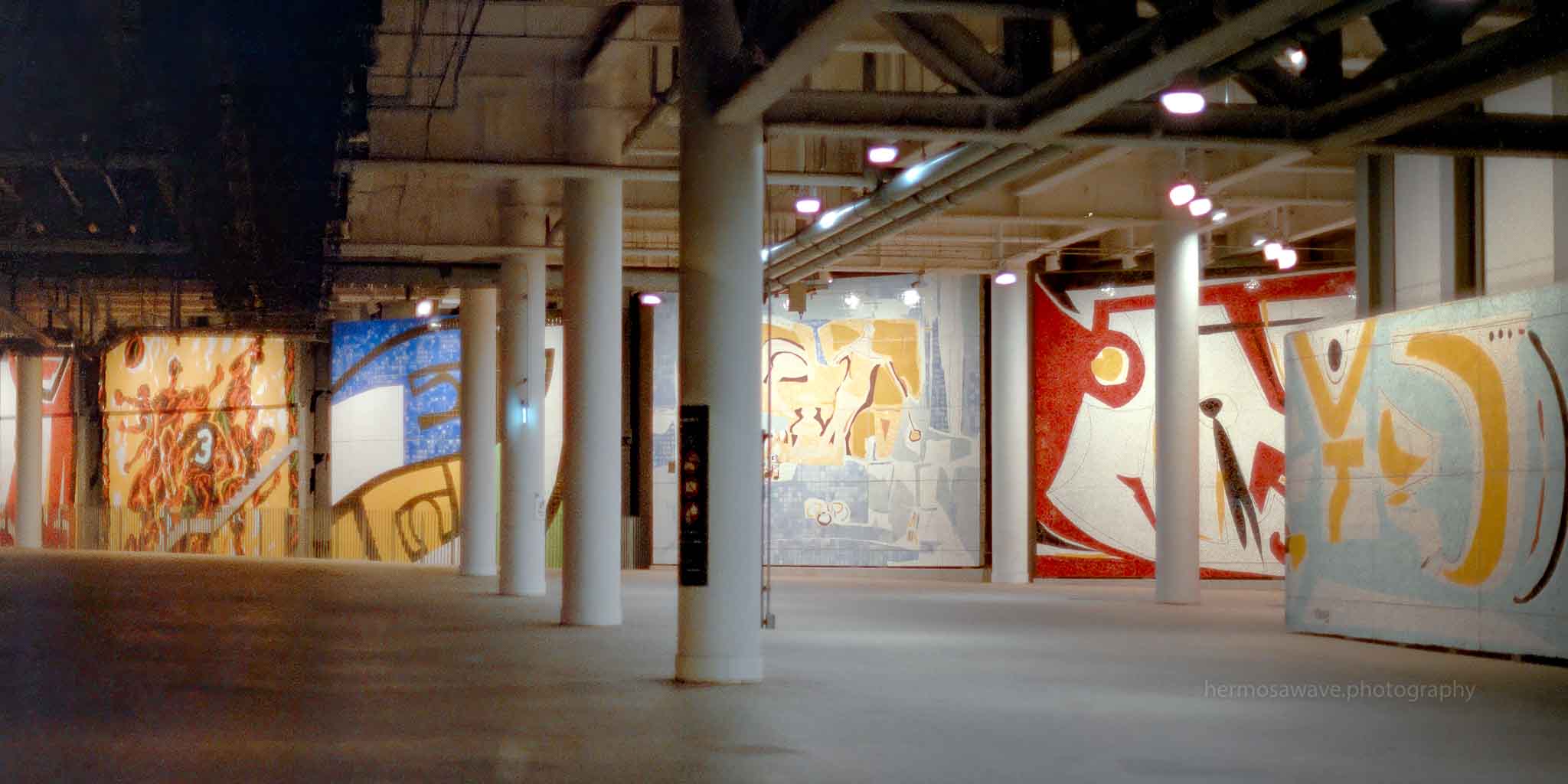
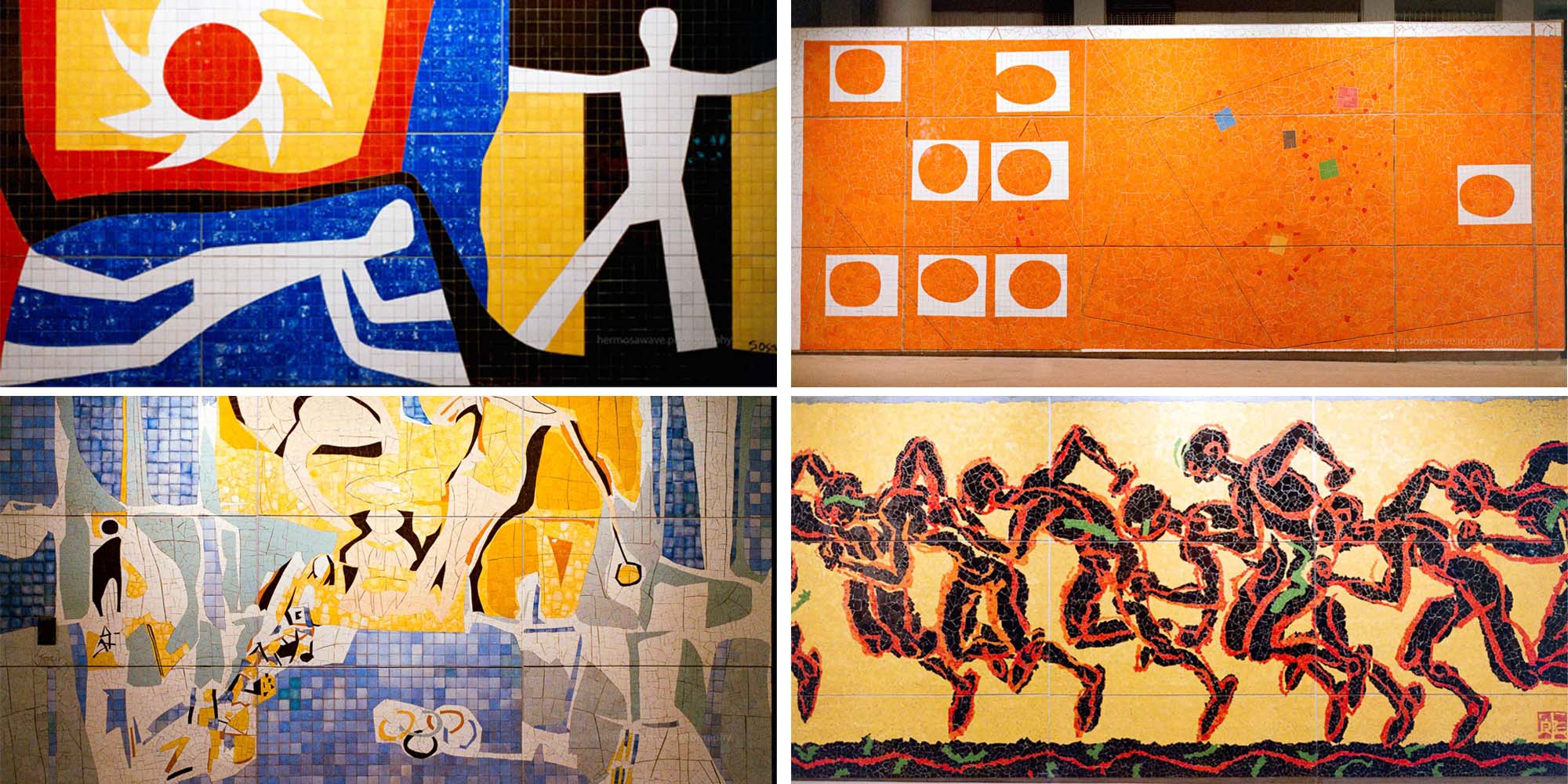
Anyway, I went back to take a proper photo of the stone monuments, and I found more hidden relics from 1964 – a series of semi abstract tile murals, which I assume adorned the stadium in the 60s. They are beautiful, but now relegated to a minor place in history.
Photowalk
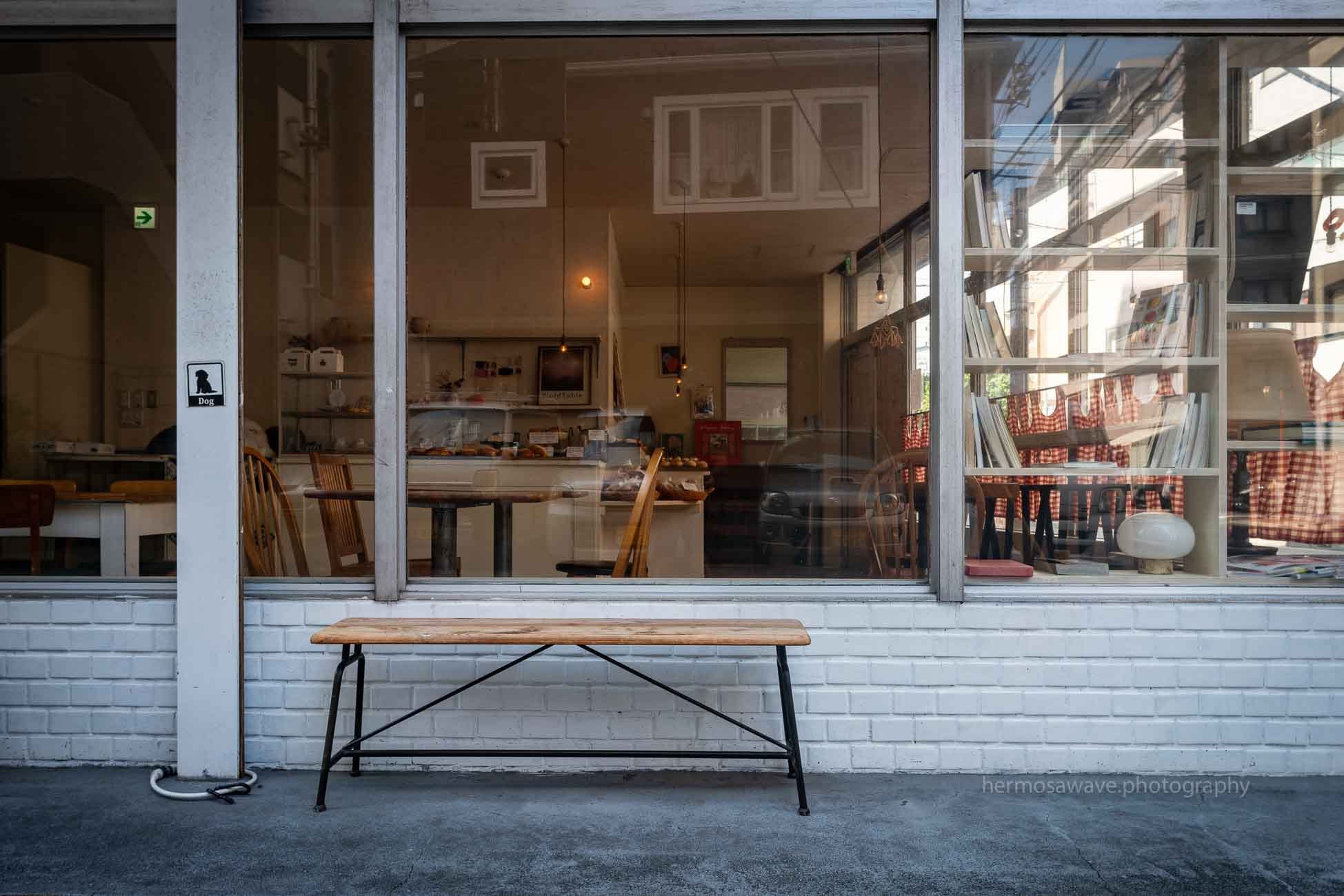
Another day, I hooked up with Tokyo photographer Alfie Goodrich and walked around the Kuramae neighborhood on the east side of the city, which I had not been to before. It was nice to walk and talk about photography and this neighborhood, one of hundreds in the city, each with their own special flavor and charm.
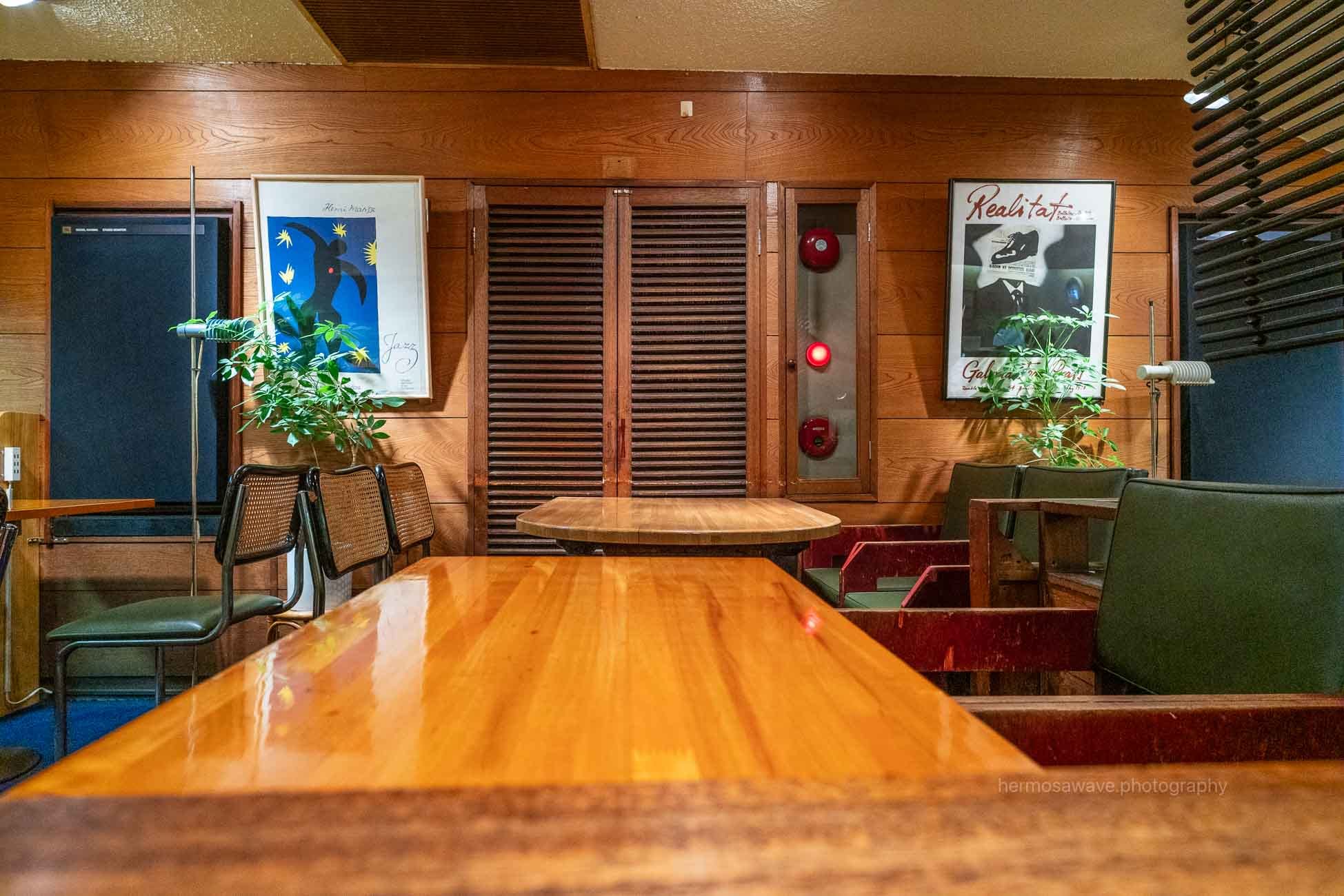
And no visit to Tokyo would be complete without a visit to Eagle, my favorite Jazz Kissa café. They play a mix of traditional and contemporary jazz which I like, unlike many Jazz Kissa that stick to the classics. If you like jazz and can keep quiet (the music is loud and talking is prohibited until 6pm) I recommend a visit to Eagle, for a drink, a snack, a calm moment of relaxation.
There are some changes going on with my website and online presence, but I'll save those for next time.
In the meantime, "Enjoy Every Day!"

Member discussion